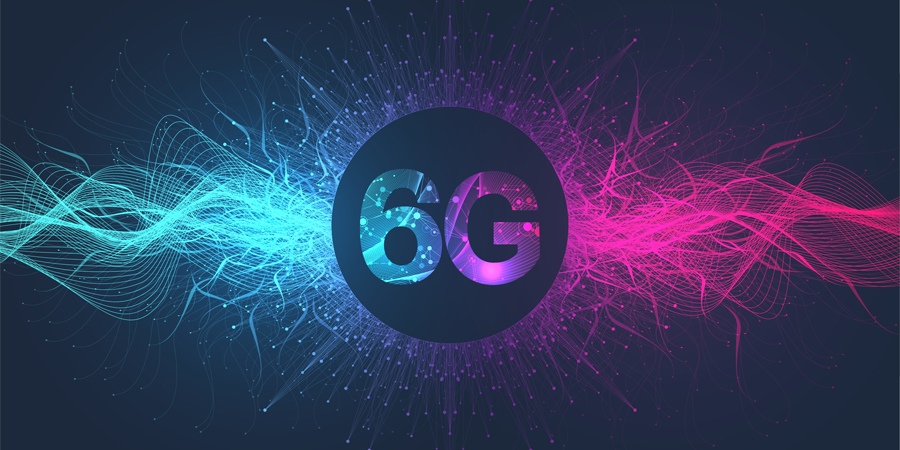Researchers from Nokia and Ericsson cited essential spectrum availability between 7 GHz and 15 GHz for developing 6G and meeting its potential.
During the 6G Symposium in the UK, VP and head of Ericsson Research Magnus Frodigh encouraged an industry-wide push to ensure that regulators will make this band available for 6G.
Ericsson believes that the new spectrum in the centimetric range (7-15 GHz) will enable high-capacity 6G use cases. In addition, Frodigh stated that the sub-THz (92-300 GHz) range could deliver “extreme performance” for [6G] niche applications.
Agreeing with this context, Nokia Bell Labs fellow Matthew Baker also cited the vital role of the 7 GHz and 15 GHz band for delivering the coverage and reliability of 6G, including benefits to support advanced use cases along with improving the network’s energy efficiency.
Nokia Bell Labs also identifies that the sub-THz range will be suitable for future network backhauls, implying that spectrum assignment could be more dynamic as we move forward to realizing the 6G era.
Also Read: Deep Dive on Spectrum Bands
It is worth noting that these leading telco players are working for the European Commission’s (EC) 6G research project, Hexa-X-II, where Nokia is the project leader and Ericsson is the project’s technical manager. The work in Hexa-X-II aims to design a system blueprint for a sustainable, inclusive and trustworthy 6G platform, which is being carried out from research to systemization analysis, early validation and proof of concept.










